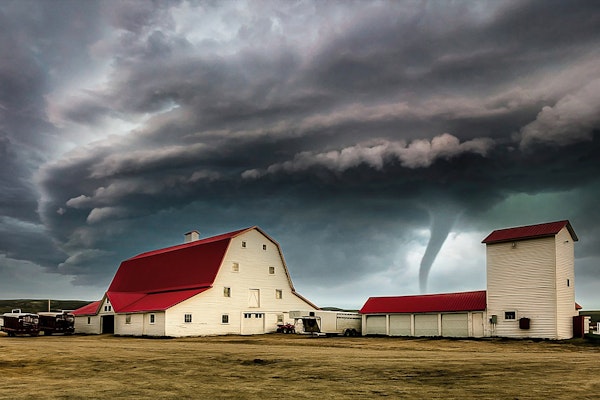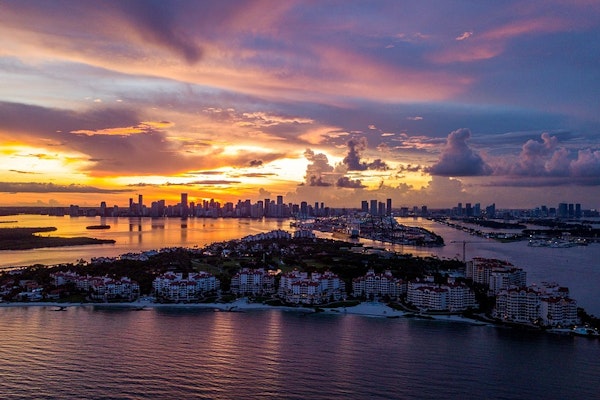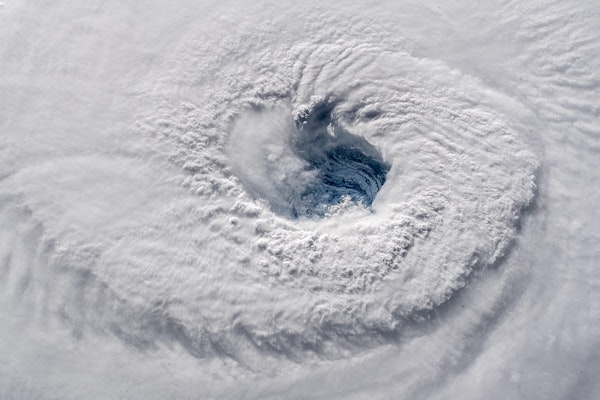
US Faces Mounting Losses from November Storms as Extreme Weather Intensifies
Early November storms, including tornadoes, flooding, and wildfires, caused extensive damage across multiple states, leaving insurers facing substantial losses and highlighting the rising frequency of severe weather events across the US.
November 11, 2024
Catastrophe
Insurance Industry
Property
Risk Management
Arkansas
California
Missouri
Oklahoma

Momentum Builds for Florida Insurance Law Board Certification
Support grows for a new Florida Bar board certification in "Insurance Coverage Law," aiming to help residents find specialized legal help for insurance disputes following major hurricane seasons.
November 7, 2024
Insurance Industry
Legislation & Regulation
Litigation
Property
Florida

Washington State Fines Lumber Company $126,000 for Multiple Safety Violations
The Washington Department of Labor & Industries is imposing over $126,000 in fines on Fox Lumber Sales following an inspection that found excessive sawdust buildup, fire hazards, and unprotected machinery. The company, which has experienced two fires since opening, is appealing the fines.
November 7, 2024
Legislation & Regulation
Property
Risk Management
Workers' Compensation
Washington

Florida Communities’ Resilience Investments Prove Effective Against Hurricane Milton
As Hurricane Milton hit Florida, resilience-focused communities like Babcock Ranch and Hunters Point emerged unscathed, showcasing how disaster preparedness measures protect homes and reduce long-term costs, even amid costly initial investments.
November 7, 2024
Catastrophe
Legislation & Regulation
Property
Risk Management
Alabama
California
Florida
Louisiana
Oklahoma

St. Petersburg Reduced Insurance Coverage for Tropicana Field Months Before Major Hurricane Damage
Ahead of the 2024 hurricane season, St. Petersburg reduced Tropicana Field’s wind and flood coverage from $100 million to $25 million, exposing the city to significant risk. After Hurricane Milton destroyed the stadium’s roof, officials now face uncertainties about potential coverage shortfalls.
November 5, 2024
Insurance Industry
Litigation
Property
Risk Management
Florida

NFIP Introduces Monthly Payment Option for Flood Insurance Policies
The National Flood Insurance Program (NFIP) will allow policyholders to pay flood insurance premiums monthly starting December 31, aiming to ease financial pressure on households and broaden access to flood coverage.
November 5, 2024
Insurance Industry
Legislation & Regulation
Property
Risk Management

Spain Sets $11.5 Billion Fund for Flood Relief Amid $20 Billion Loan Exposure
Following devastating floods in Valencia, Spain has announced an initial $11.5 billion aid package for affected communities, covering direct aid, credit guarantees, and municipal rebuilding. Officials anticipate further relief measures as cleanup continues.
November 5, 2024
Catastrophe
Insurance Industry
Legislation & Regulation
Property

Insurers Navigate Risks and Opportunities in 2024 Global Report
The 2024 Global Insurance Report explores key shifts in the insurance sector, including market volatility, regulatory risks, low-carbon investments, and expanding private market exposure across various regions.
November 5, 2024
Life & Health
Property
Risk Management
Technology

NFIP Flood Insurance Claims Surge to 54,000 After Hurricane Helene, FEMA Reports
Following Hurricane Helene’s landfall in Florida, over 54,000 NFIP flood insurance claims have been filed, with FEMA reporting $480 million in early claims payments. This storm, among the most significant for NFIP, may see more claims as impacted areas become accessible.
October 28, 2024
Catastrophe
Legislation & Regulation
Property
Risk Management
Florida

Texas A&M Research Links Climate Change to Increased Hurricane Rainfall in the Southeast
A Texas A&M study shows a nearly 20% increase in extreme rainfall during storms like Hurricane Helene, linking climate change to intensified flooding risks across the southeastern United States.
October 28, 2024
Catastrophe
Property
Risk Management
Florida
Georgia
North Carolina
Texas

Hurricane Milton Causes $2 Billion in Insured Losses in Florida
Hurricane Milton has resulted in over $2 billion in insured losses in Florida, with more than 230,000 claims filed. Most claims are for residential properties, and 12.8% have been closed so far.
October 23, 2024
Catastrophe
Insurance Industry
Property
Risk Management
Florida

Essential Insurance Tips for First-Time Homebuyers
First-time homebuyers face numerous challenges, from navigating flood insurance to understanding builder’s risk coverage. Knowing the right insurance options is crucial for managing financial and property risks.
October 23, 2024
Insurance Industry
Legislation & Regulation
Property
Risk Management

California Debuts Innovative Flood Program for Isleton Residents
California introduces its first community-based flood program in Isleton, offering payouts to residents in flood zones when water levels hit specific thresholds, enhancing climate resilience.
October 21, 2024
Catastrophe
Legislation & Regulation
Property
Risk Management
California

2024 U.S. Home Trends Report Reveals Impact of Hail and Catastrophes on Insurance Costs
The latest LexisNexis U.S. Home Trends Report shows increasing home insurance loss costs, driven by hail and catastrophic claims, while some weather-related perils saw declining severity in 2023.
October 21, 2024
Catastrophe
Insurance Industry
Property
Risk Management

Florida’s New Rule Brings Major Changes for Public Adjusters and Insurance Estimators
Florida’s Emergency Rule 69BER24-4 introduces stricter ethical guidelines and transparency requirements for all insurance adjusters, particularly impacting public adjusters, with the aim of reducing unethical practices in the claims process.
October 21, 2024
Fraud
Legislation & Regulation
Litigation
Property
Florida





